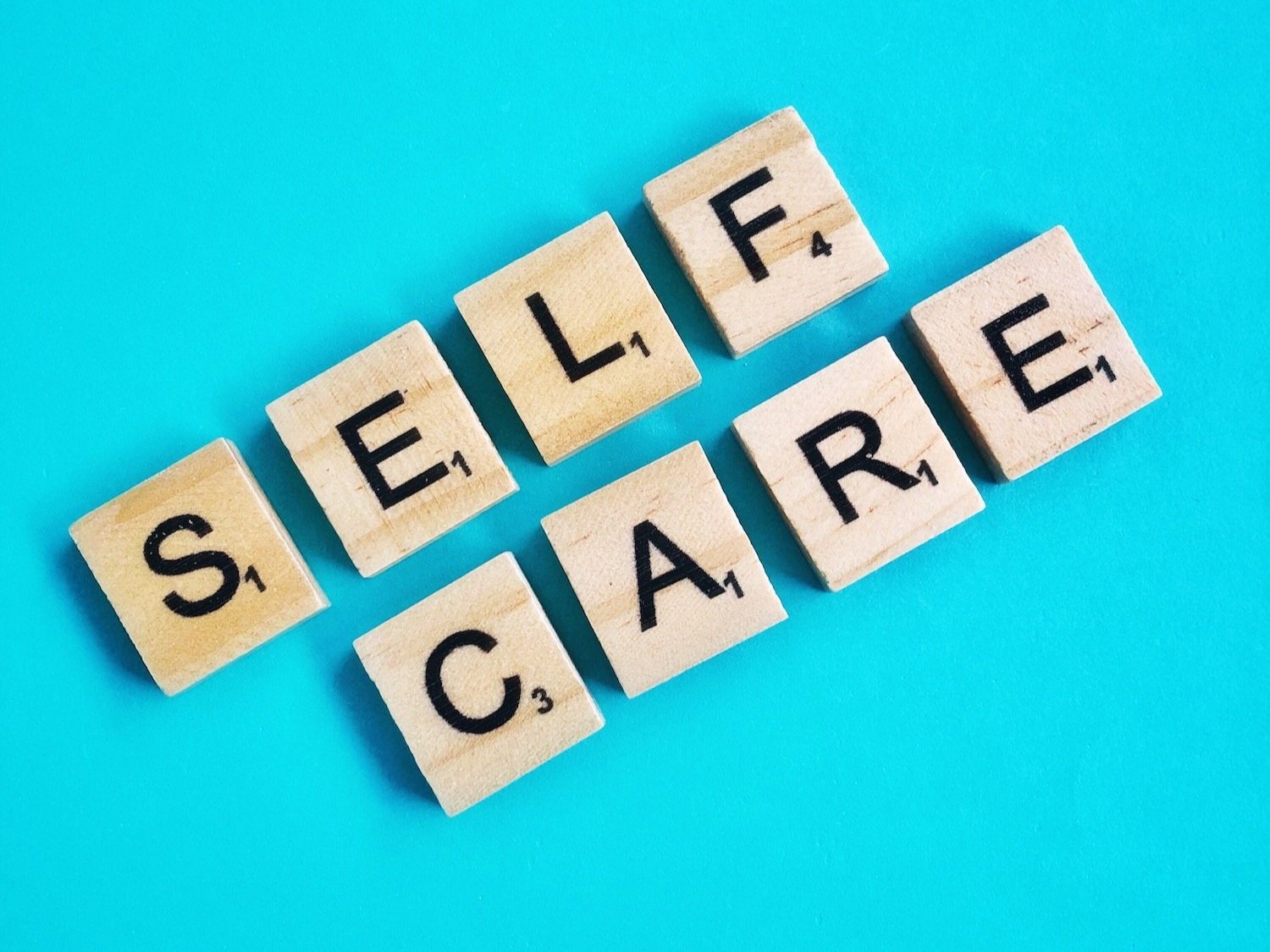Self Care
I’m reading a book, at the moment, by a mental health specialist, Dr Pooja Lakshmin, called ‘Real Self Care.’ The title intrigued me, as I’ve read a lot of books on self care/cherishing, and I wondered how this one would be different.
She concentrates on four specific areas, that make good sense to me. So I thought I’d share these with you in my blog this week.
She writes that real self care involves:
· setting boundaries
· treating ourselves with compassion
· making choices aligned with our values
· reclaiming our power
In this way we can have ownership over our lives, by reconnecting with ourselves.
“ To free us from the expectations of others, to give us back to ourselves – there lies the great, the singular power of self respect.” Joan Didion
The first practice is setting boundaries for ourselves. This means moving past guilt and making space for our own thoughts, feelings and priorities in life. We reclaim our time, energy and attention.
Not answering the phone and letting it go through to voicemail is one example of putting our boundaries in place. This gives us time to decide how we respond to any requests on our time and energy.
The tension between what we need and other people’s expectations is why most of us find setting boundaries difficult. Boundaries are hard because we worry about the backlash that might come.
A barometer for how well you take care of yourself is to what extent you remember that you have choices and how able you are to communicate these choices to others.
Make sure that you don’t let guilt control your decisions. Instead guilt can just be a feeling in the background, not front stage.
Recognise to what extent you are allowing other people to influence your decisions and refuse to be led by the mantra ‘What will people think?’
The second area to focus on is treating ourselves with compassion. Giving ourself permission to be good enough.
When you’re struggling with a loud, cruel inner critic – your self talk – this is the time you need your own compassion. Especially when things are going wrong – watch how you talk to yourself and instead of beating yourself up, give yourself a dollop of kindness. We can reframe our self talk and replace it with a nurturing self compassionate mindset.
When practicing self-compassion there are a few tricky areas we need to manage. One is dealing with our ‘martyr mode’ - when we are busy taking care of everybody else and completely empty our own energy tank, until we have nothing left to give.
Also we have to recognise our shame, usually present when we are in ‘I’m not good enough’ mode and when our inner voice says ‘Who do you think you are?’
When we come from a shame based mindset, this is when we need all the self compassion we can muster. Remind yourself that you have the right to take care of yourself and you are good enough. Make that your loudest voice so the inner critic gradually becomes the quiet one.
The third practice is to align our choices with our values – what sort of person do you want to be? What matters to you in your life? What is your purpose? Mine would be self-awareness; boldness; creativity; integrity; self-respect; trustworthy; and authenticity.
Here, we do our best to match our insides up with our outsides.
The fourth area is reclaiming our power, so that our lives contain meaning and hope. This involves recognising that it’s ok to feel the good stuff and the bad stuff. We can’t have one without the other.
We are more likely to feel empowered when we can acknowledge the bad stuff that happened and still find some nuggets of wisdom and truth. How did this experience shape who you are today? This is different from saying that everything happens for a reason or that everything is perfect as it is.
The art of ‘real self care’ is to hold hope and pain together. In this sense hope is believing that things can be made better, without distorting reality, which is different from optimism which infers that everything will be ok.
Dr Lakshmin’s book offers us powerful practices that can nourish us from the inside out.
Author of memoir, ‘Wearing Red, One Woman’s Journey to Sanity’
Available at www.amazon.co.uk and www.browndogbooks.uk
